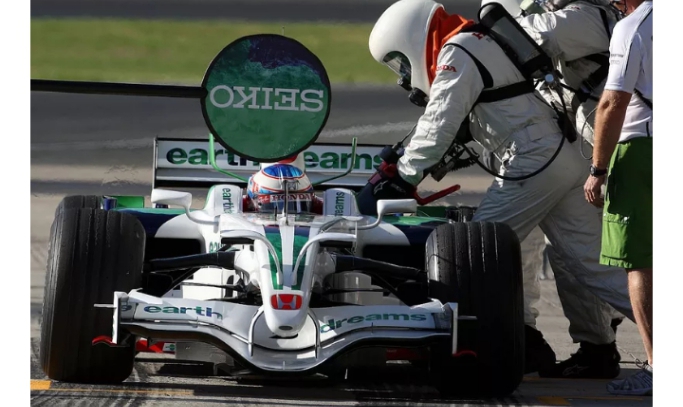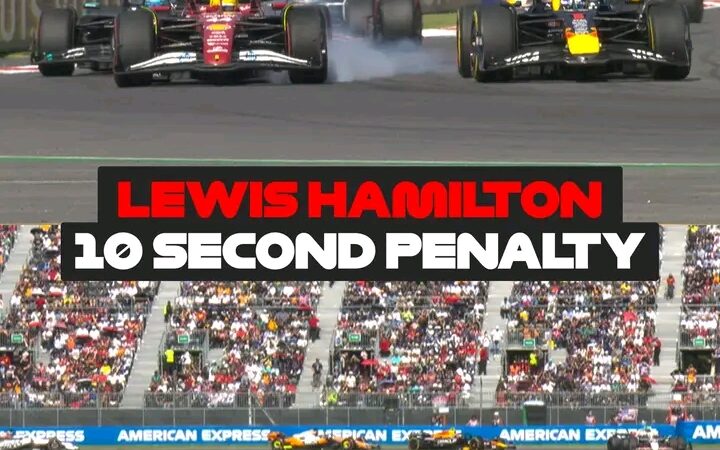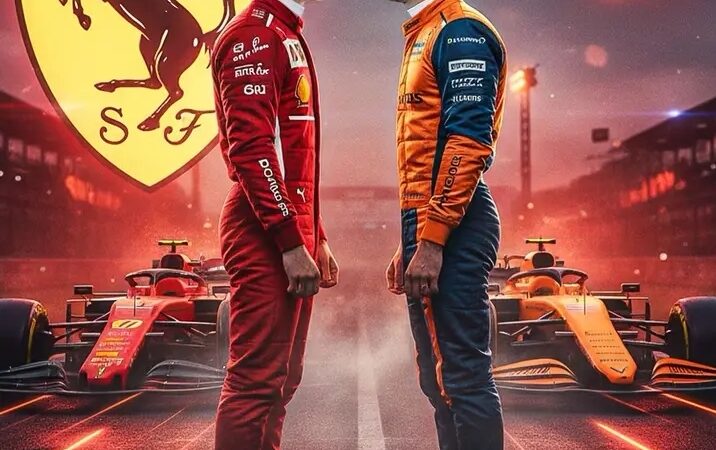Why is refueling banned in F1? Stream history and previous conflicts

Why is refueling banned in F1? Stream history and previous conflicts
Your message has been sent
Fueling was once a key part of F1 strategy, but was banned by the FIA in 2010. not
Over the years, fueling has become an important part of Formula 1 Grand Prix, allowing teams to run lighter cars and run their cars faster than their competitors. However, in 2010 the FIA permanently banned refueling, forcing teams to adapt to long-distance driving on maximum fuel. Although many notable events have occurred over the years, refueling as a strategy has been part of the championship since its inception in the 1950s. Why don’t F1 cars refuel during races? Refueling during Formula 1 races has been banned since 2010. This means that cars must have enough fuel in their tanks before the start of each Grand Prix to ensure a race finish. F1 cars can now supply up to 110kg of fuel at the start of a race, but must supply 1 liter of FIA fuel at the end of the race or they will be disqualified. Last year, Sebastian Vettel missed out on a second place finish at the Hungarian Grand Prix after failing to complete a cooling lap due to a lack of fuel and failing to provide the FIA with enough samples for inspection. Why is refueling banned in F1? Formula 1’s governing body, the FIA, banned fueling during races in 2010 due to driver safety concerns. In the past, car fuel tanks were too small for this rule to apply. In 2010, the rules were changed to allow vehicle dimensions to be 22 cm larger to accommodate larger fuel tanks per vehicle. The team then had to consider fuel management as part of their strategic plan to get the best performance from the car. Before the gas ban, there were several accidents involving vehicles trying to fill potholes. Another reason why the FIA decided to ban fueling was to cut costs. It was expensive for the governing body to transport fuel-rich equipment around the world for each Grand Prix, contributing to the series’ high transport costs. Before the race starts, the teams fuel their vehicles to reach the finish line.
Has there ever been a tank crash in F1? The multiple leaks caused the vehicle to catch fire and the driver suffered burns. In 2009, Kimi Raikkonen suffered minor burns at the Brazilian Grand Prix after Heikki Kovalainen’s McLaren caught fire in the pits due to a fuel leak. During the 1994 German Grand Prix, Max Verstappen’s father, Jos Verstappen, used a fuel hose to fuel his and Verstappen’s car during a pit stop, causing the car to catch fire and engulf Verstappen and on a nearby mechanic. A fire broke out. Verstappen remembers the crash (pictured above). “I remember arriving at what I thought was a routine bus stop. I always open my visor when I’m in the car because I sweat a lot when I stand up. So I got to the bus stop and opened my helmet to get some fresh air. “Then I saw liquid coming out. I waved my hand right before I smelled it. Then everything caught fire and suddenly it went dark and I couldn’t breathe. This is something I have never thought about before. Suddenly I felt like I was trapped in a dark room and I was thinking, “I have to get out…”
“It was hard for me to get off the wheel and it took me a few seconds. Then I had to untie the laces. So I had to get up and work hard until I realized what happened.”
Will fuel return to F1? There are no refueling facilities in F1 for FIA safety and cost reasons. In 2019, former Haas driver Romain Grosjean said he wanted to reintroduce the practice to improve tire performance. “Yes, we want that,” said Grosjean. “We have to reduce the weight of the car to help Pirelli, not because we think the race is perfect, but as a temporary solution to make the car 70kg, 60kg lighter. This is one of the reasons why our cars overheat.”
Lewis Hamilton also said the engine should be reintroduced in 2022 to compensate for the increased weight of the car and its impact on the tyres. How are F1 cars fueled? F1 cars arrive at the finish line with a full tank of fuel before the start of the race. However, if your car needs fuel during the qualifying session, it will be returned to the garage. Fuel can have a big impact on your team’s strategy. That’s because the strategist can pump enough fuel into the car to complete a lap, setting a faster time than the competition with a lighter car. This may affect the results. For example, if a car’s lap time is cancelled, or a driver is cut by another team, they may not have enough fuel to complete another flying lap. This could cause major problems for the team’s qualifying session, with drivers failing to reach their target grid starting positions and qualifying ending earlier than expected. Strategists must decide whether it is a serious risk to provide sufficient fuel for a rapid transition. Maintenance sign showing cars being fueled in a Haas F1 garage.
How does an F1 fuel tank work? The fuel tanks of F1 cars are different from conventional cars and are specially designed to be flexible and indestructible. The tank is not actually a box, but a bag that is tied to a machine and inflated like a balloon. The fuel tank is spherical and can be placed behind the driver and directly in front of the engine. They must be as small as possible for aerodynamic purposes, but must also comply with FIA regulations with a width of less than 800 mm. F1 fuel supply history
Juan Manuel Fangio was one of the first drivers to try fueling mid-race for strategic reasons, having retired mid-race to win the 1957 German Grand Prix. Despite this, he could not participate in the series. Another 25 years. Formula 1 got off to a good start in 1982 when Brabham’s Gordon Murray discovered that race times could be shortened if cars started with half a tank of fuel. The team’s chief designer felt that stopping halfway for fuel allowed the car to run smoother and faster than the rest of the grid. FISA, as it is now known, banned refueling in 1984 for security reasons, but returned a decade later after the Williams team took over. In the first race under the new fuel regulations of 1994, Michael Schumacher gained an advantage over Ayrton Senna, who made his car run faster on lighter fuel after failing to overtake the driver at the start the tour. There were several notable refueling incidents, including Felipe Massa and Heikki Kovalainen leaving the garage with their fuel hoses attached. In 2009, Kovalainen dragged a fuel hose into the pit lane and sprayed fuel on Kimi Raikkonen, causing the driver to catch fire. Do other series provide fuel during the race? Although refueling does not occur in Formula or MotoGP derived racing, it is still a common occurrence in other motor sports. For example, IndyCar, NASCAR and the World Endurance Championship are tanks because of their different racing styles. The IndyCar engine will use hybrid technology from 2024, but will still have a 70 liter fuel tank. New rules for hybrid cars in 2024 require teams to make more improvements to their cars, such as adding electrical storage devices that recover energy in the event of a breakdown, allowing the engine to produce more horsepower without using extra fuel. . In NASCAR, teams can fill their car’s tanks with as much fuel as they want during the race. The car’s fuel cell capacity is around 30.2 litres, but the team tries to drive the car as little as possible between pit stops to keep it light and fast. NASCAR also plans to introduce regenerative braking, similar to IndyCar, which is trying to move to hybrid technology. In previous World Endurance Championships the fuel limit was one lap, but from 2014 technological parity was introduced to equalize the performance of hybrid and non-hybrid vehicles. Fuel distribution is now applied sequentially. For example, at Le Mans, a team’s maximum fuel consumption is 80.2 kg/h and 35.2 kg/h for a hybrid car and 110 kg/h and 52.9 kg for a non-hybrid car.





